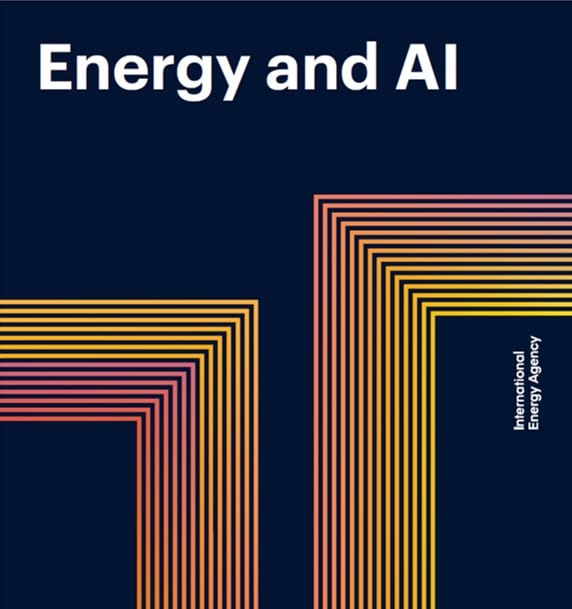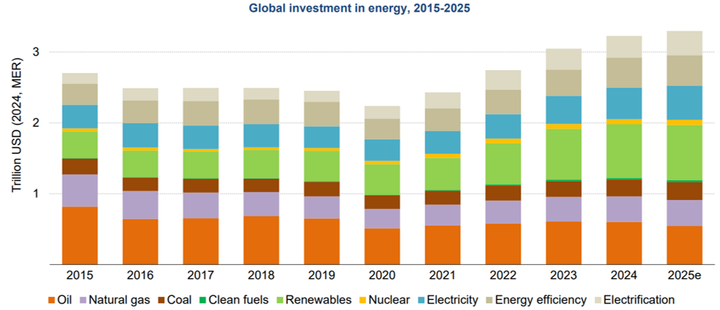The Intelligence Revolution: How AI Is Rewriting the Rules of Energy
AI is reshaping global energy, driving surging electricity demand while unlocking breakthroughs in innovation, resilience, and sustainability. The future of energy and AI is intertwined—and the choices we make now will define both.



